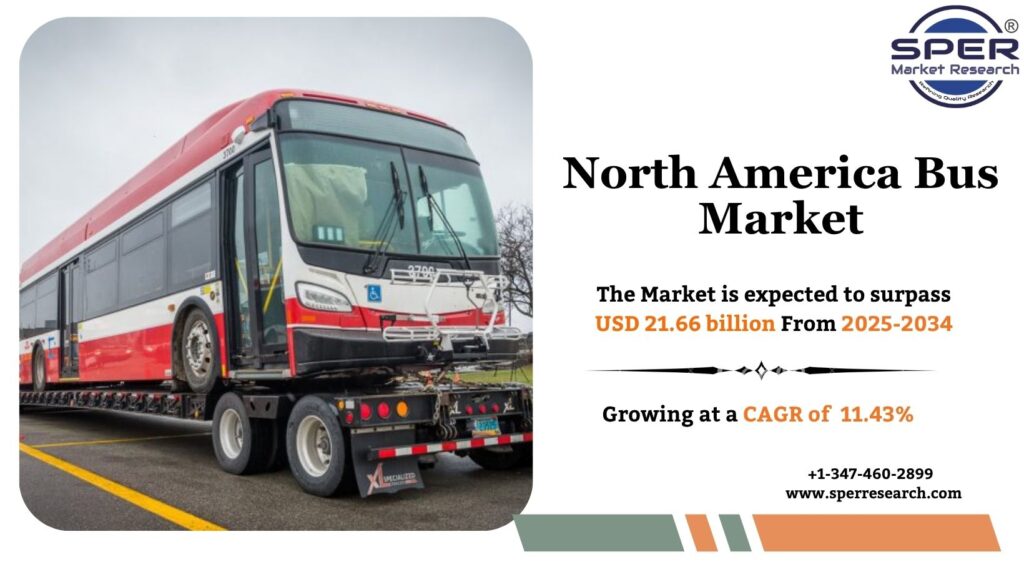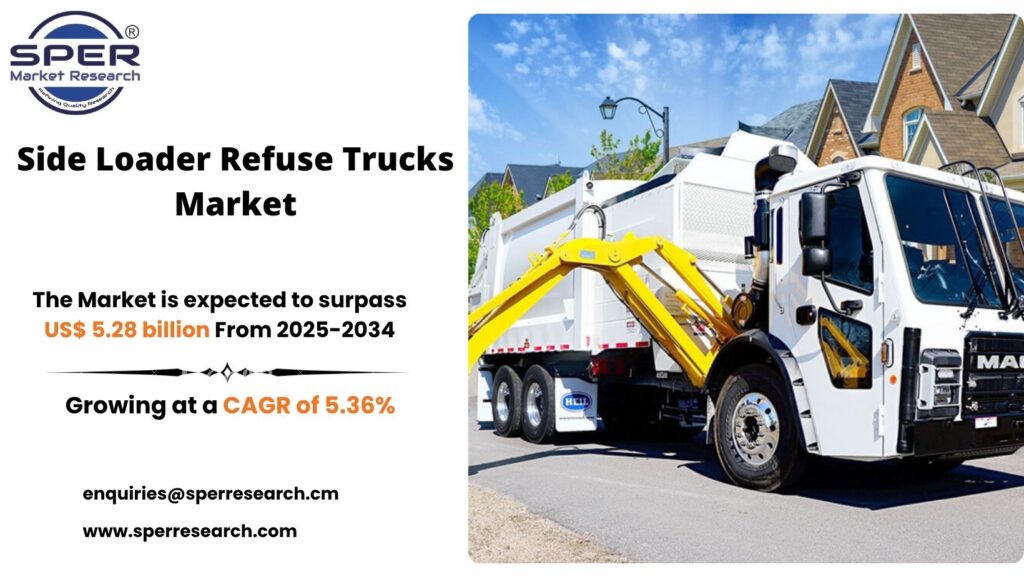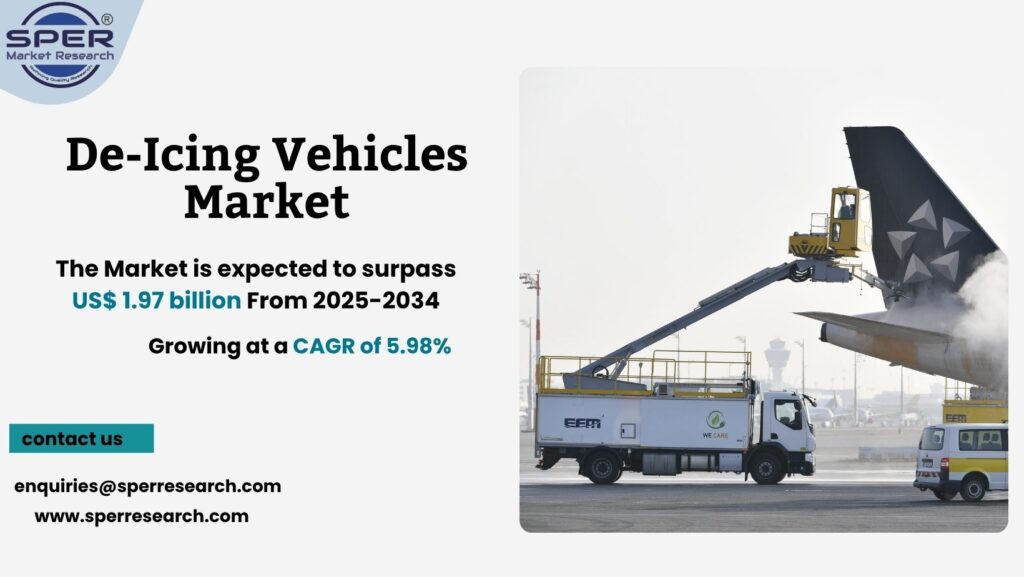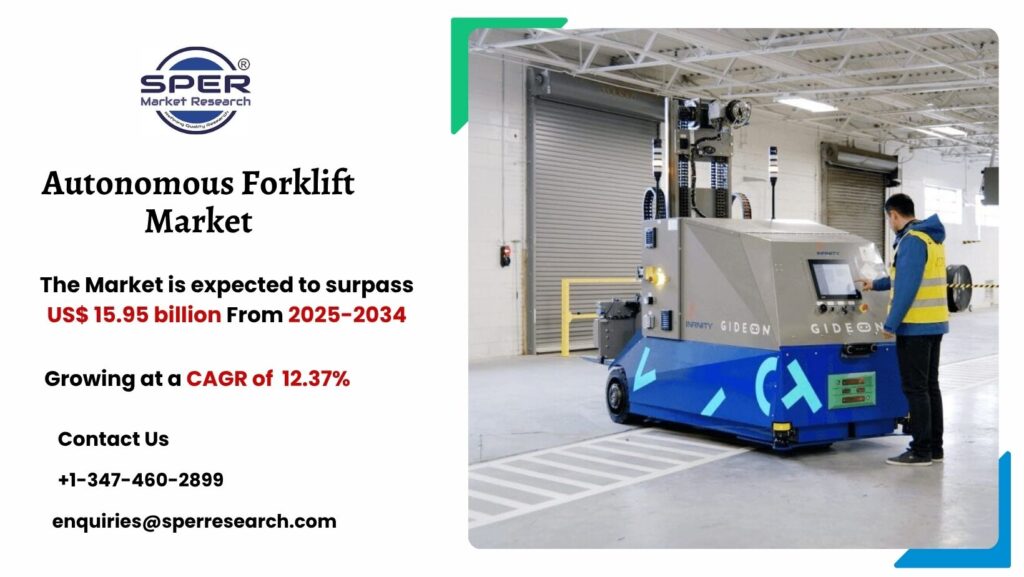A bus is defined as a sizable motor vehicle that facilitates the collective travel of numerous individuals, adhering to a specific route and timetable within urban areas or extending to remote locations. As one of the most widely employed forms of public transport globally, buses contribute to reduced air pollution, are more fuel-efficient in transporting passengers, and require relatively minimal investment to establish new routes or services.
According to SPER Market Research, ‘North America Bus Market Size- By Type, By Fuel, By Seat Capacity, By Application – Regional Outlook, Competitive Strategies and Segment Forecast to 2034’ the North America Bus Market is estimated to reach USD 21.66 billion by 2034 with a CAGR of 11.43%.
Drivers:
The investments and growth occurring within the transportation sector by principal countries such as the United States and Canada distinctly affect the North America bus market. Enhanced accessibility to buses for intercity passenger travel is on the rise due to advancements in public transportation and the expansion of roadway networks in these nations. Additionally, the growth of the tourism sector further supports market expansion. It is projected that developments within the tourism industry will significantly increase both intercity bus passenger traffic and bus revenue throughout the forecast period.
Request a Free Sample Report: https://www.sperresearch.com/report-store/north-america-bus-market?sample=1
Restraints:
Despite the fact that electric buses present lower ongoing operating costs, their initial purchase expenses are still considerably greater than those of traditional diesel models. The high costs associated with battery packs, power electronics, and required charging infrastructure result in substantial capital outlays. Smaller operators, in particular, encounter financial challenges when attempting to transition their fleets. Although government incentives assist in alleviating some costs, existing gaps continue to hinder the speed of adoption. This financial hurdle impacts procurement timelines, delaying efforts towards modernization and sustainability, thus complicating the achievement of extensive electrification throughout the market. In 2024, the U.S. bus market maintained a leading position within the North America region. The increasing popularity of buses in the U.S. can be linked to the ongoing improvements in highway infrastructure nationwide, the electrification of public transit bus fleets by various state governments, heightened investments in bus charging infrastructure, the development of electric bus fleets by private transit service providers, and significant investments by both the school and federal governments aimed at electrifying the school bus fleet throughout the country. Some of the key market players are AB Volvo, Anhui Ankai Automobile Co., Ltd, Blue Bird Corporation, BYD Company Limited, Daimler AG (Mercedes-Benz Group AG), and others.
For More Information, refer to below link: –
North America Bus Market Share
Related Reports:
Follow Us –
LinkedIn | Instagram | Facebook | Twitter
Contact Us:
Sara Lopes, Business Consultant — USA
SPER Market Research
enquiries@sperresearch.com
+1–347–460–2899









